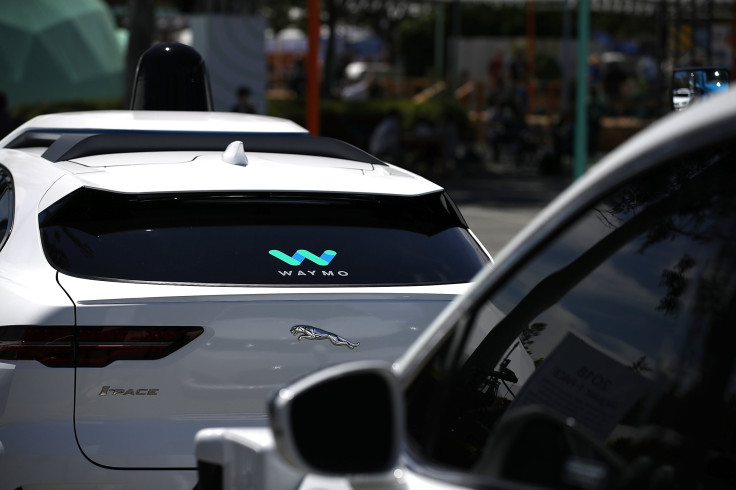Here's Why NVIDIA Can Sideswipe Alphabet In Autonomous Cars

Alphabet (NASDAQ:GOOG) (NASDAQ:GOOGL) subsidiary Waymo has been an early pacesetter in self-driving cars. Its autonomous cars have clocked millions of miles on public roads and billions in simulation, making Alphabet one of the top stocks for anyone looking to cash in on this space.
But Alphabet now seems to have credible competition from NVIDIA (NASDAQ:NVDA). The graphics specialist is witnessing a turnaround in its automotive business thanks to a change of strategy. And the latest announcement from one of its partners suggests that the chipmaker could keep racing ahead.
NVIDIA partner Optimus Ride deploys self-driving vehicles in New York City
Self-driving-shuttle start-up Optimus Ride kicked off the first public self-driving pilot program in Brooklyn last month, aiming to help people get to or from public transportation options.
Powered by the NVIDIA DRIVE platform, Optimus Ride has already managed to move more than 2,000 people who commute through the Brooklyn Navy Yard industrial complex. According to NVIDIA, Optimus Ride is using low-speed, geofenced vehicles that will help boost last-mile connectivity along busy routes.
Getting people from public transit to where they are going is considered to be a pain point and several companies are working on this "last-mile" connectivity by providing bikes and scooters.
NVIDIA and Optimus Ride are targeting that same market with a shuttle service that takes commuters from the Brooklyn Navy Yard's NYC Ferry stop at Dock 72 to other points in the complex. Optimus Ride operates six vehicles, with each one capable of transporting four to six passengers. The service aims to shuttle around 16,000 passengers each month.
A small step toward a big opportunity
The global autonomous taxi market is expected to hit $2 trillion by 2030, according to UBS. NVIDIA is poised to snag a tiny portion of this potential opportunity through its partnership with Optimus Ride, but the speed with which the two have developed self-driving vehicles for this pilot project could help the chipmaker attract more companies.
It was in November last year that Optimus Ride selected the NVIDIA DRIVE AGX Xavier computing platform to power its self-driving fleet with an intention of developing Level 4 autonomous cars for its fleet. These fully driverless cars would then be deployed in a geofenced area, which means software monitors where the vehicle is and keeps it in a certain area.
The New York City pilot project means that Optimus has been able to realize its ambitions with NVIDIA's help in a short time. So don't be surprised to see more companies adopting NVIDIA's DRIVE platform for their self-driving vehicle projects.
NVIDIA doesn't make self-driving vehicles of its own. It designs and sells end-to-end autonomous driving systems that can then be used by auto component suppliers and automakers to develop their own systems. This is where NVIDIA differs from Alphabet's Waymo.
Waymo doesn't sell its self-driving technology to competing companies, but NVIDIA doesn't have any such limitation. Waymo is currently testing its self-driving taxis in Phoenix and recently got the green light to test its autonomous taxis in California. Waymo has roped in automakers such as Fiat Chrysler, Renault-Nissan, and Jaguar to supply the cars for its autonomous taxi project. NVIDIA has over 370 companies that are using its self-driving platform to develop their autonomous cars.
Now that NVIDIA and one of its partners have proved that the former's platform can be deployed successfully (and quickly) in real-world conditions, this could mean fewer partners for Waymo and more for NVIDIA.
Suzanne Frey, an executive at Alphabet, is a member of The Motley Fool's board of directors. Harsh Chauhan has no position in any of the stocks mentioned. The Motley Fool owns shares of and recommends Alphabet (A shares), Alphabet (C shares), and NVIDIA. The Motley Fool has a disclosure policy.
This article originally appeared in The Motley Fool.




















